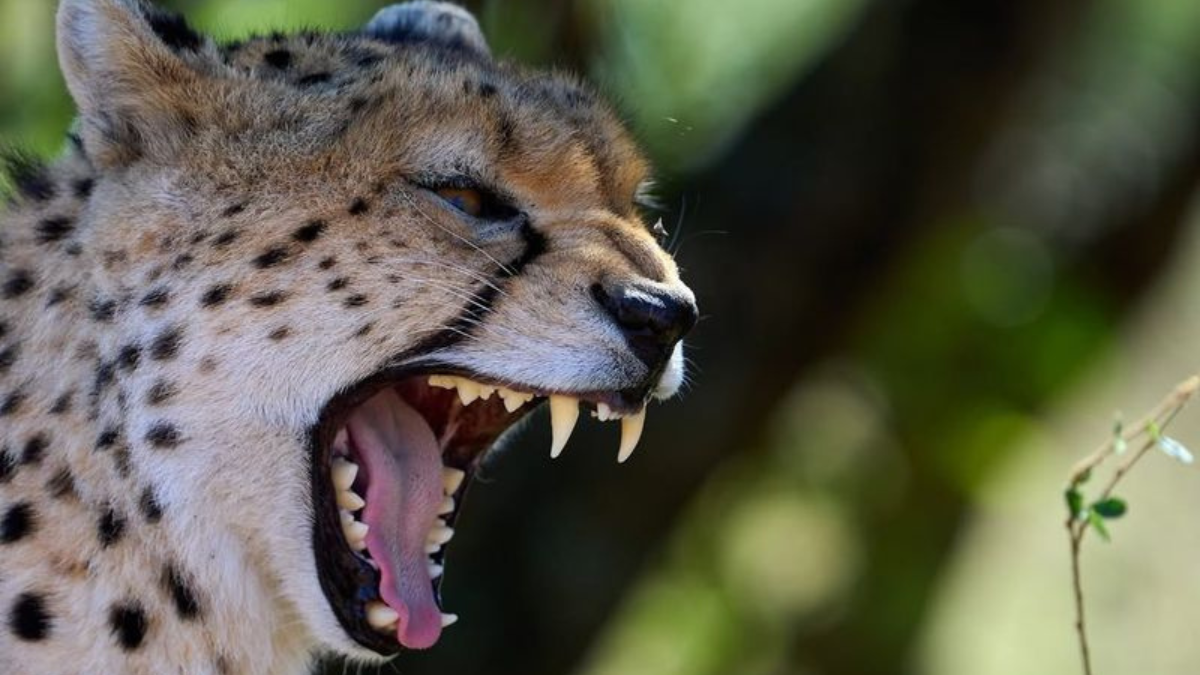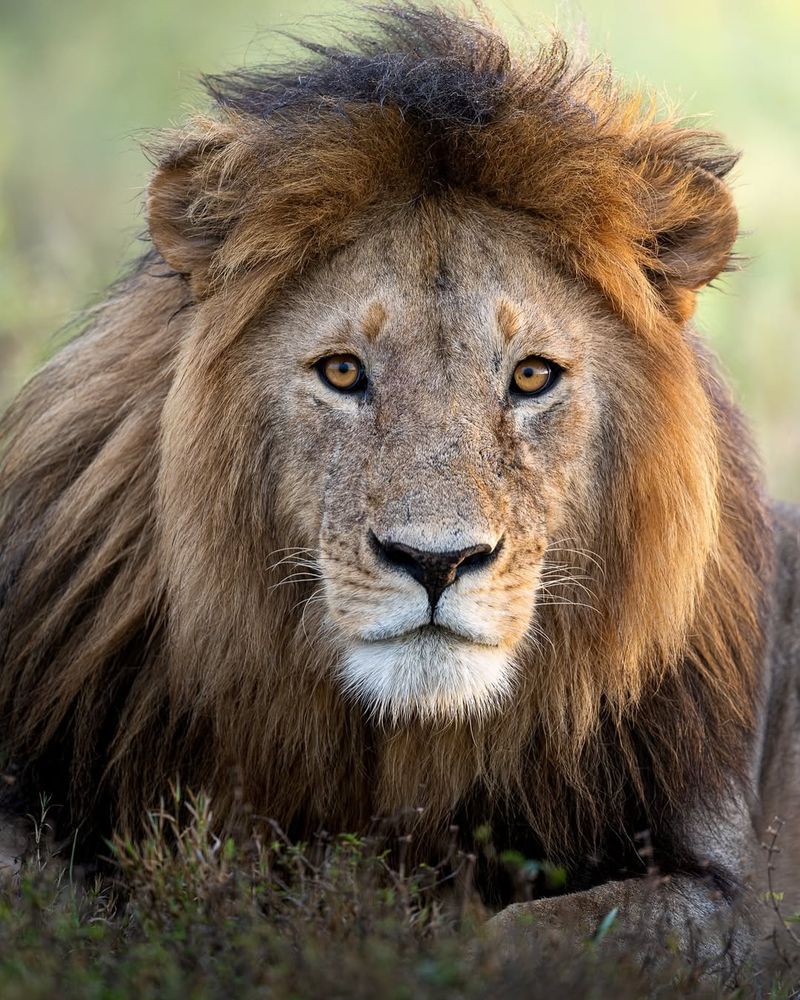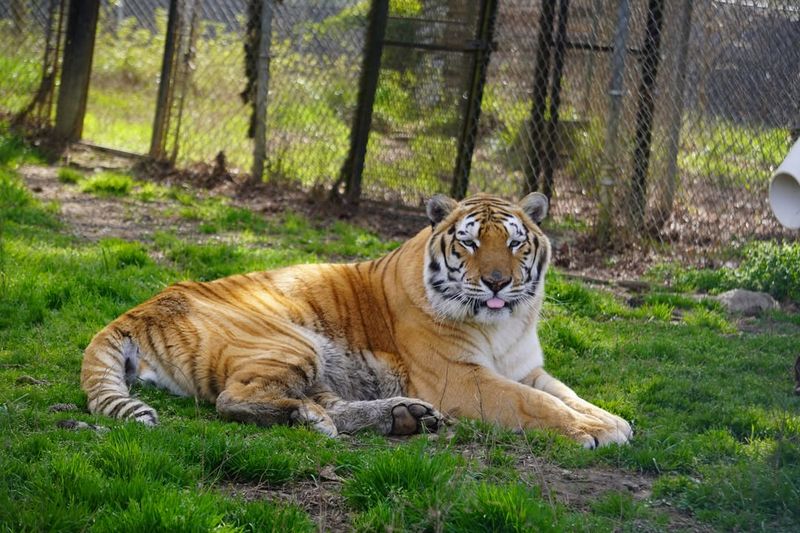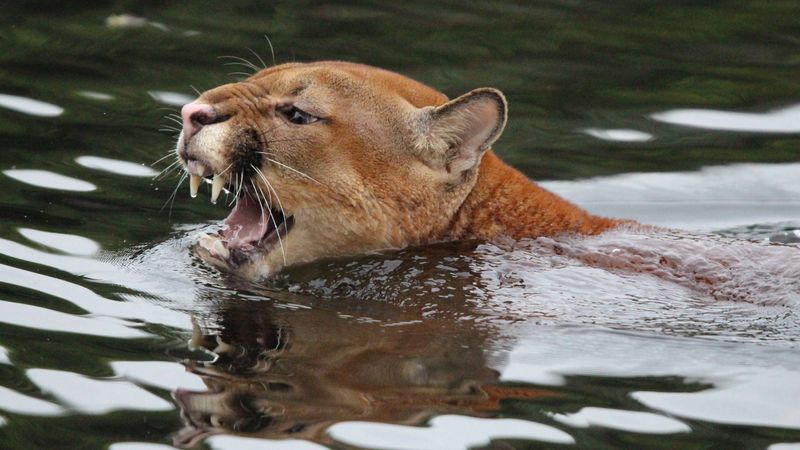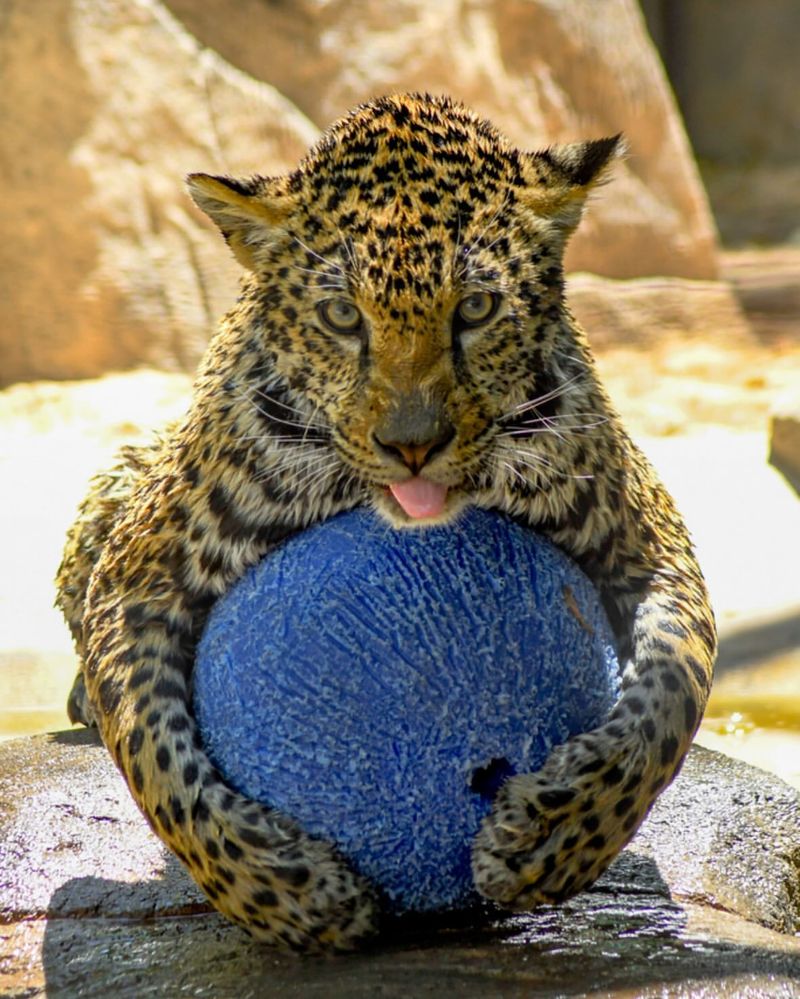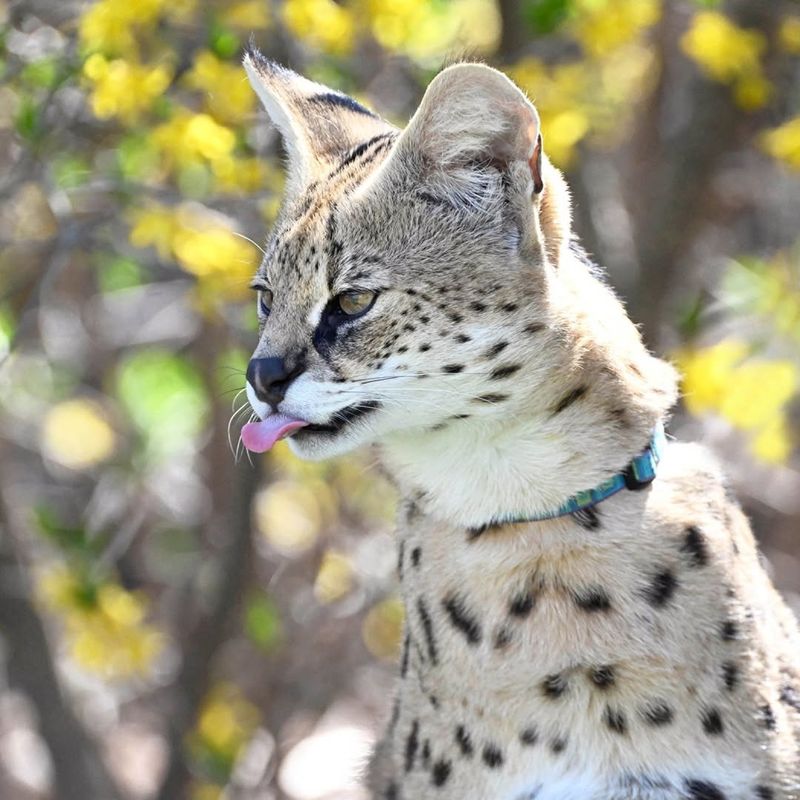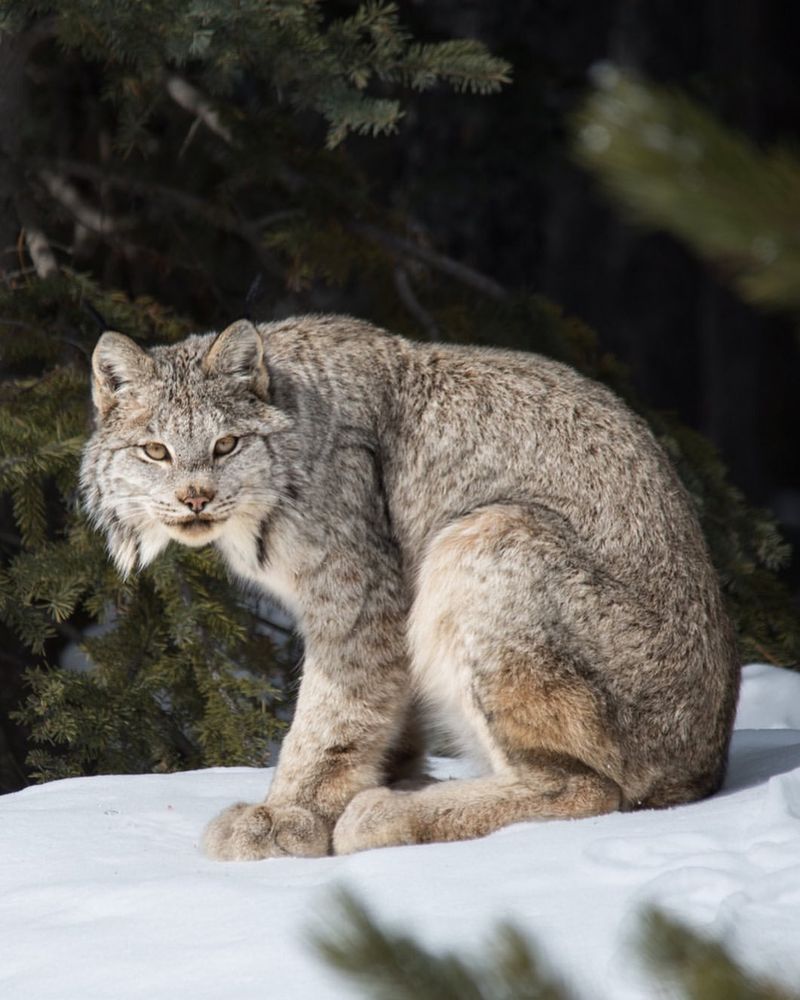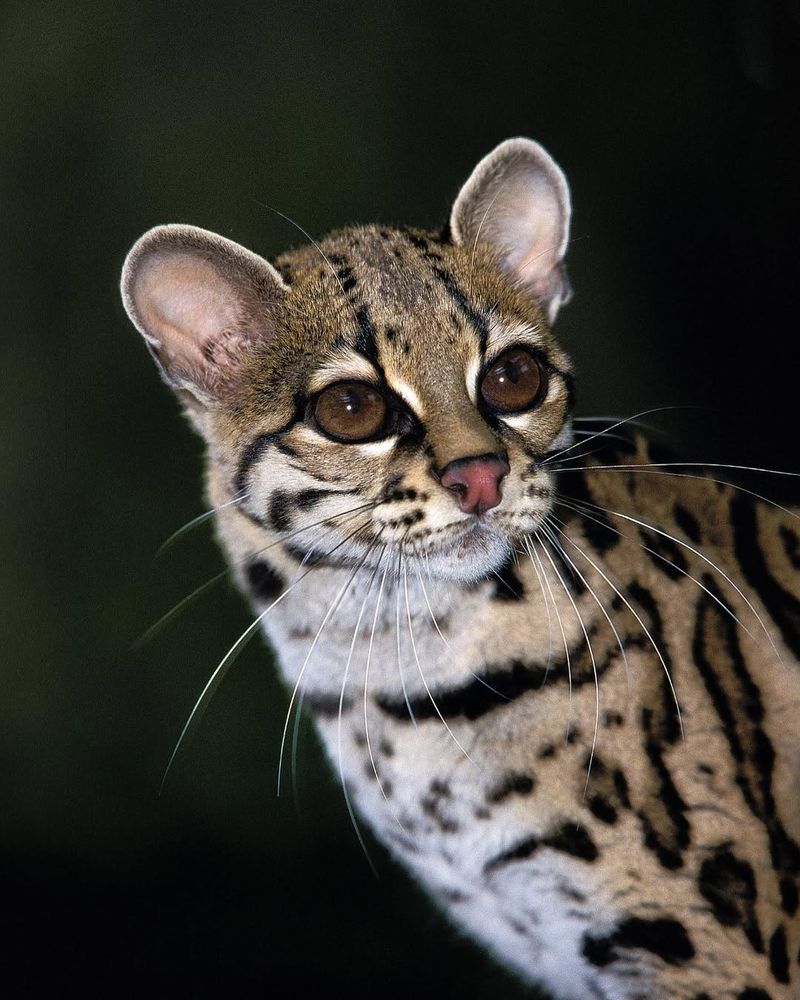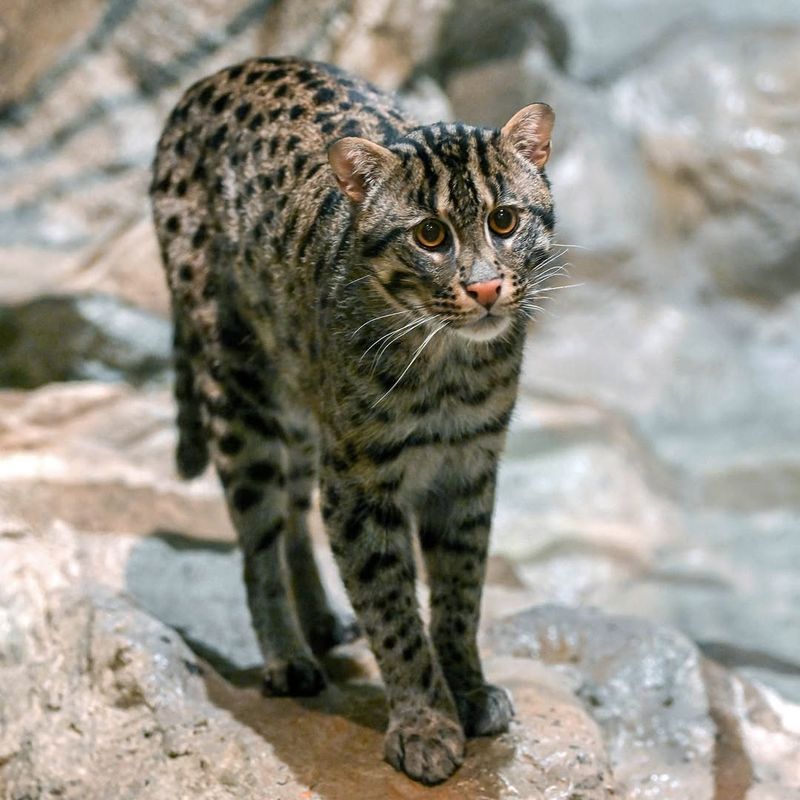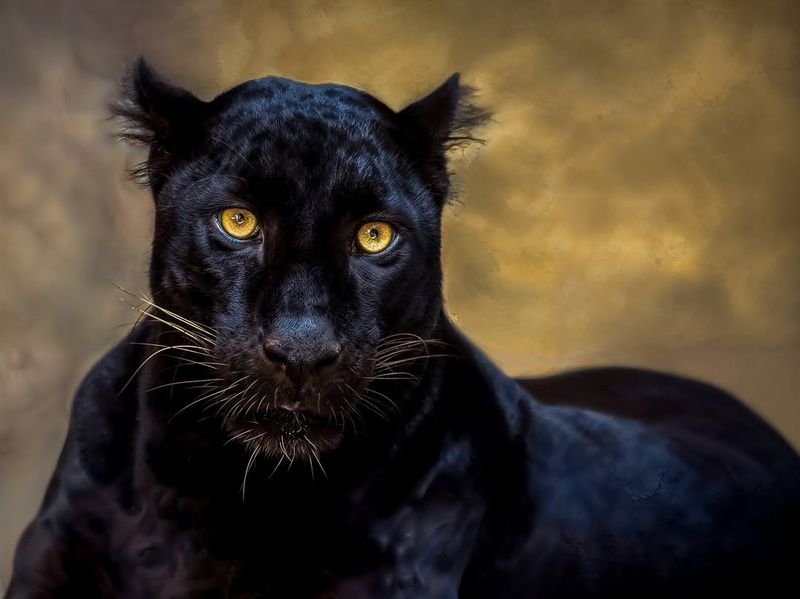📖 Table of Content:
Big cats are renowned for their impressive size and commanding presence in the wild. However, their vocal abilities often go unnoticed, despite the crucial role they play in their survival. From roars that echo across vast landscapes to softer, more subtle calls, these creatures communicate in ways that are both complex and essential.
Each big cat has its own distinctive vocalizations, influenced by its environment, social structure, and instincts. Some of these sounds serve to assert dominance, while others are used for mating or signaling danger. The variety in their calls is a testament to their adaptability and intelligence, allowing them to thrive in diverse habitats.
Exploring the unique sounds of these majestic animals offers a rare insight into their behavior and interactions. Their vocalizations are not only a means of communication but also a key to understanding their world. By delving into the diverse sounds of 16 big cats, the secrets of their vocal landscapes come to life.
1. Lion
The lion’s roar is perhaps the most iconic sound made by any big cat. It can be heard up to five miles away and serves as a warning to other lions and predators. The sound of a lion roaring disrupts the calmness of the savannah. It is used to communicate with other pride members and establish territory.
Unexpectedly, lions also produce a soft ‘puffing’ sound called chuffing, usually a friendly greeting. This duality in their vocalizations shows the lion’s complex social structure. Observing a lion roar is an unforgettable experience, highlighting its dominance.
2. Tiger
Tigers are known for their deep, resonant roars that can also be heard over long distances. Besides roaring, tigers make a sound called ‘chuffing,’ similar to the lion’s, which serves as a greeting between friendly tigers.
This gentle sound contrasts with their fierce roars, showcasing a social side of these solitary animals. Tigers occasionally emit a ‘prusten’—a short, snorting sound—when communicating with their cubs. Hearing a tiger’s diverse sounds while in its natural habitat provides insight into its secretive life. It’s a rare and thrilling auditory experience.
3. Leopard
Known for their quiet and stealthy movements, leopards rarely make loud roars. Instead, they communicate through a distinct, rasping cough, a surprising sound given their typically silent demeanor. These coughs play a crucial role in asserting dominance and attracting mates.
Occasionally, a leopard will purr while resting, a comforting sound that contrasts with their solitary lifestyle. Observing a leopard and hearing its unique sounds offers a deeper understanding of its adaptability. These vocalizations play a crucial role in its survival.
4. Cheetah
Unlike other big cats, cheetahs cannot roar. Instead, they produce a variety of sounds, including a high-pitched chirp, often used by mothers to call their cubs. This sound is surprisingly bird-like. Cheetahs also make a stutter-like bark during social interactions and a purr when content. Each sound serves a distinct purpose in their communication repertoire.
These vocalizations are crucial for maintaining social bonds and coordinating hunts. Hearing a cheetah’s chirps in the wild is a remarkable experience, highlighting their unique communication methods.
5. Snow Leopard
The elusive snow leopard is known for a variety of vocalizations, including mews, growls, and hisses. They cannot roar but make a unique chuffing sound similar to tigers. This vocalization is crucial for communication within their rugged habitat. Snow leopards use sounds to maintain contact with mates and young.
Observing their vocal behavior offers insight into their secretive lives. Their high-altitude environment requires effective communication, making these sounds vital. Hearing a snow leopard’s vocalizations is a rare and unforgettable experience, adding to their mystique.
6. Puma
Also known as cougars or mountain lions, pumas have a range of vocalizations. They cannot roar like lions or tigers but make distinctive calls, including screams and hisses. These sounds are often associated with mating or territorial disputes. Pumas also produce a series of low-pitched growls and purrs when content.
Each sound serves a specific purpose in their communication. Observing a puma in its natural habitat and hearing its calls is an exhilarating experience, revealing the complexity of their vocal repertoire. These sounds are integral to their survival strategy.
7. Jaguar
Known for their mighty, deep roars, jaguars create echoes that reverberate through the rainforest. These vocalizations are essential for marking their territory and connecting with other jaguars. Alongside their roars, they also make a unique “sawing” sound that mimics the noise of a saw slicing through wood.
This unique vocalization is used in courtship and signaling presence. Hearing a jaguar’s roar in the wild is a captivating experience, emphasizing their role as apex predators. Their vocalizations reflect their mysterious and powerful nature.
8. Caracal
With its distinctive tufted ears, the caracal makes a variety of sounds, including growls, barks, and hisses. These vocalizations are often used in territorial disputes and courtship. Caracals are also known for a high-pitched meowing sound, used to communicate with their young.
This sound is surprisingly domestic, coming from such a wild cat. Each vocalization serves a specific purpose in their solitary lifestyle. Observing a caracal and hearing its sounds offers a unique glimpse into their secretive existence. Their vocal repertoire enhances their adaptability in diverse environments.
9. Serval
Servals are known for their large ears and impressive hearing, allowing them to detect prey. They communicate using a variety of vocalizations, including purrs, growls, and a distinctive high-pitched call. This call is often used to locate other servals.
Their vocal range is unexpected for such a small cat. Each sound plays a role in their solitary and territorial nature. Observing a serval in the wild and hearing these sounds provides insight into their hunting prowess. Their vocalizations are an essential aspect of their survival strategy.
10. Lynx
Often solitary, lynxes make a range of sounds such as growls, hisses, and yowls, typically to communicate during the mating season. These vocalizations serve specific purposes and are key to their secretive behavior. They also produce a soft mew that mothers use to communicate with their cubs, showing a quieter side to their interactions.
Observing a lynx in its natural habitat and hearing these unique sounds is an incredible experience, offering insight into their elusive world. Their vocal repertoire highlights their adaptability and survival skills in harsh environments.
11. Clouded Leopard
With their distinctive cloud-like markings, clouded leopards use a variety of vocalizations like growls, hisses, and purrs. These sounds are especially significant in courtship and when communicating with their cubs. Vocalizing is vital for strengthening social bonds and ensuring their relationships within the species.
Clouded leopards also make a chuffing sound, similar to snow leopards, used as a friendly greeting. Hearing these sounds in a dense forest setting is a rare treat, offering a glimpse into their secretive lives. Their vocal repertoire is essential for their survival.
12. Ocelot
Ocelots are small, spotted wild cats with a distinctive vocal range. They communicate using meows, growls, and hisses. These sounds are often heard during interactions with other ocelots. Each vocalization serves a purpose, whether in territorial disputes or mating rituals. Ocelots also purr when content, a sound reminiscent of domestic cats. Observing an ocelot and hearing these unique sounds provides insight into their elusive nature.
Their vocal repertoire is crucial for surviving in dense forests. The ocelot’s sounds are a testament to its adaptability and social interactions.
13. Margay
Small but agile, margays are skilled climbers and communicate through various vocalizations, including meows, growls, and hisses. These sounds play an essential role in courtship and defending their territory. In addition to these, margays produce a chirping sound that resembles birds, a surprising twist for such a tiny cat.
Every sound a margay makes has a specific role in its communication, whether for establishing territory or during mating. Hearing these vocalizations in the wild gives us a deeper understanding of their secretive lifestyle. These vocalizations play an essential role in their survival and social interactions within the forest.
14. Fishing Cat
These medium-sized wild cats, known for their affinity to water, produce several vocalizations, including growls, hisses, and a unique chuckling sound. The chuckling is often part of their social exchanges, indicating a friendly interaction.
Each vocalization plays a role in their semi-aquatic lifestyle. Observing a fishing cat and hearing its sounds offers insight into their unique adaptations for hunting. Their vocal repertoire is an integral part of their social interactions and survival strategy.
15. Sand Cat
Small and hardy, sand cats thrive in desert environments and have a diverse array of vocalizations like meows, growls, and hisses. These sounds are primarily used to communicate with other sand cats and resolve territorial disputes. Their high-pitched barking, though unexpected for their size, is a crucial vocalization for survival in the arid desert landscape.
Observing a sand cat and hearing its vocalizations provides insight into their adaptability. Their vocal repertoire is crucial for maintaining social bonds and ensuring success in the desert.
16. Black Panther
Black panthers, often leopards or jaguars with melanistic traits, have a mysterious aura and produce a range of vocalizations. They communicate using roars, growls, and hisses. These sounds play crucial roles in territorial disputes and mating. Black panthers also produce a deep, rumbling purr when content. Each vocalization reflects their stealth and power. Observing a black panther and hearing its sounds is an enthralling experience, offering insight into their enigmatic nature. Their vocal repertoire is integral to their survival and dominance in the jungle environment.
